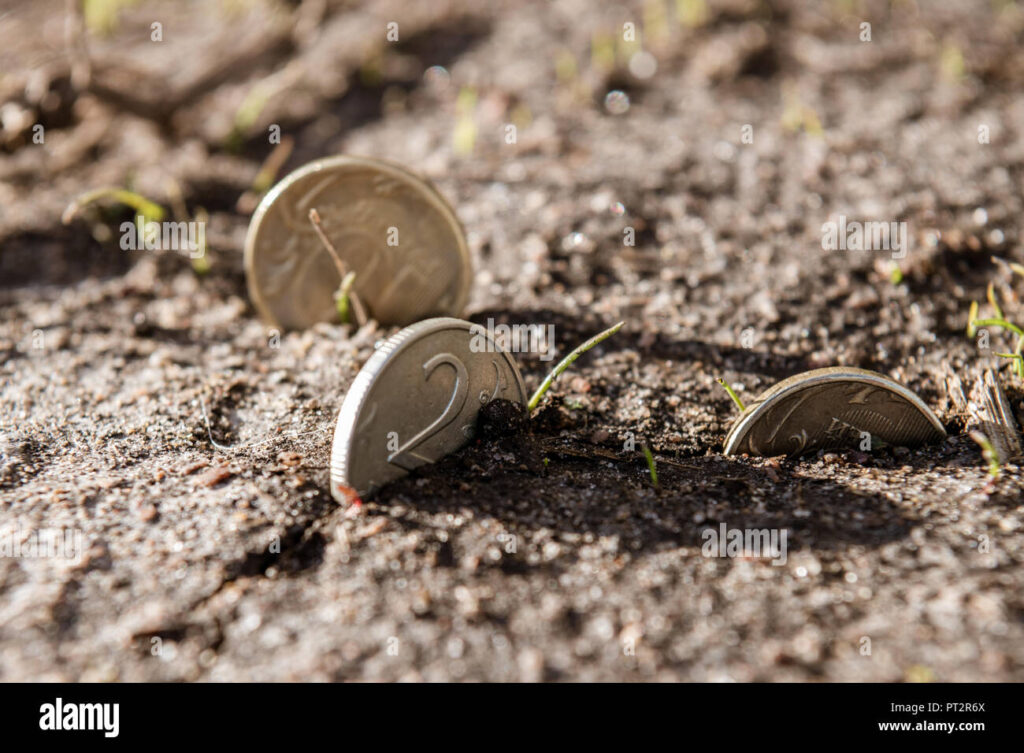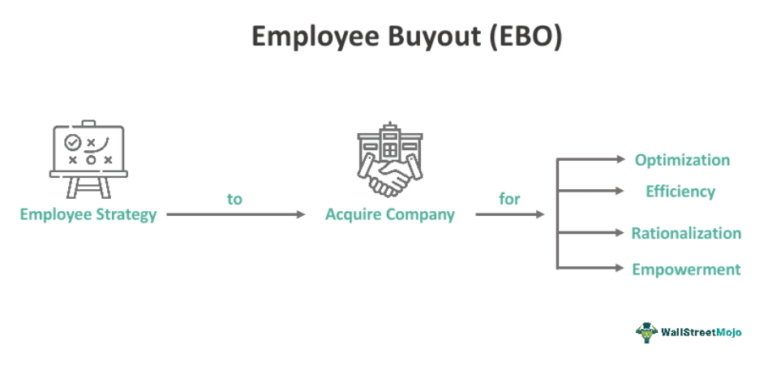
Audience
- Sentiment: Neutral
- Political Group: Moderate Conservatives
- Age Group: Adults (25-55)
- Gender: All genders
Overview
- Former President Trump proposed halting the production of pennies due to their cost exceeding their value.
- The article discusses the historical significance and the evolving nature of currency in a cashless society.
- Other countries like Canada and the UK have successfully phased out low-denomination coins without negative economic impacts.
Is the Penny Worth Its Weight? Exploring Trump’s Call to Halt Pennies
Hey there, fellow readers! Have you ever found a penny on the ground and felt like you won the lottery? It might seem like a small thing, but suddenly you’ve got a little treasure in your hand! But what if I told you that the penny could be on its way out? That’s right! Recently, former President Donald Trump said we should stop making pennies altogether. He directed Treasury Secretary Scott Bessent to put the brakes on minting one-cent coins. So, let’s dive deeper into what’s going on with our beloved, if somewhat underappreciated, penny!
A Penny for Your Thoughts: The Cost of Minting
You might think of a penny as just a little piece of copper-colored metal, but it turns out it costs way more to make one than it’s worth. According to Trump’s claim, each penny costs 3.69 cents to produce. That means we’re spending more money to make pennies than what they’re actually worth. Think about that for a second. If you ran a lemonade stand and it cost you $1.00 to make a cup of lemonade that you then sold for only $0.50, you’d probably go out of business pretty quickly, right? The same principle applies here.
Since the manufacturing of pennies is costing taxpayers more than they’re worth, critics argue that it’s a waste of resources. They see it as an unnecessary drain on our economy. In today’s world, where every penny counts—literally—people are concerned about how this could impact our finances.
The Great Penny Debate
The conversation around the penny has been happening for years, even long before Trump took office. Some folks are really attached to our little friend. They argue that pennies help keep prices lower and make it easier for charities to fundraise. How many times have you tossed your spare change into a donation jar or a charity box? Those pennies can pile up quickly and make a difference in a cause close to your heart.
On the flip side, there are strong voices pushing for the penny’s retirement. The rise of cashless transactions means fewer people are using coins at all—despite the nostalgic memories we might have of collecting them. Let’s face it, with credit cards, apps like Venmo, and even digital currencies popping up, the way we handle money is changing fast. Many businesses, including cafes and stores, are opting to round up or down prices to the nearest nickel, making pennies nearly obsolete. It’s like holding onto a flip phone when everyone else has the latest smartphone!
Lessons from Our Neighbors
Other countries are already ahead of the game. For instance, Canada stopped producing the penny in 2012. They cited that it wasn’t practical to keep making them. Instead, they rounded prices to the nearest five cents. People adapted quickly, and studies show that this move didn’t hurt the economy; in fact, it saved money! The UK has also phased out low-denomination coins. Interestingly, people adjusted and continued to conduct business efficiently without those tiny coins cluttering their pockets.
In light of these changes, many are starting to wonder: would the United States benefit from making a similar move? Would we be able to allocate those resources toward more essential needs instead of penny production? After all, if we can save money and time, wouldn’t that be a step in the right direction?
Fun Facts About The Penny
Before we get too grim about the future of the penny, let’s talk about some fun facts that might make you feel a bit nostalgic!
- Historical Significance: The penny has been around since 1793! It’s like a little piece of history you carry around in your pocket.
- Design Changes: Over the years, the penny has changed its design multiple times. Most notably, the famous Lincoln penny was introduced in 1909 to commemorate President Abraham Lincoln’s 100th birthday.
- Unique Materials: Did you know that during World War II, pennies were made of steel instead of copper due to metal shortages? This change was a quick fix, but it made the coins look a lot different!
- Fun Shapes: Some people even collect unique pennies, like those with errors in the minting process. If you have a penny that looks a little funny, it might be worth more than a single cent!
- Charm of the Chase: Have you ever participated in a penny hunt? It’s a fun way to get friends or family together to see who can collect the most pennies in a given amount of time. Turns the idea of “pennies from heaven” into a fun challenge!
The Future of Money
As we consider whether or not the penny should stick around, we also have to think about what money looks like in the future. Are we moving toward a cashless society? Probably! As technology advances rapidly, there are even talks about digital currencies, like the ones being explored by various governments.
You might be asking yourself, “What does that mean for me?” Well, if cash gets phased out, it could lead to new ways of thinking about finances. Imagine not having to carry cash or coins at all—everything could be done with a quick tap on your phone! But there are concerns about digital privacy and security. With every change comes questions and challenges!
So, What’s Next for the Penny?
Trump’s recent push to stop minting pennies has reignited discussions about this tiny coin’s future. Are we willing to let go of tradition? Or do we want to keep this symbol of American history alive, even if it costs a bit more than it’s worth?
As you ponder over your next trip to the store and spot the penny jar by the checkout line, think about what the future holds. The penny might constitute a rich piece of our history, but does it belong in our wallets, or is it time to say goodbye? Could your penny collection soon become nothing more than a history lesson?
I’d love to hear your thoughts! Do you think the penny should be phased out? How do you feel about using digital forms of money? Drop a comment below and let’s chat about it—your opinion matters, and together we can explore this “penny for your thoughts” dilemma!





